Vinyl Culture

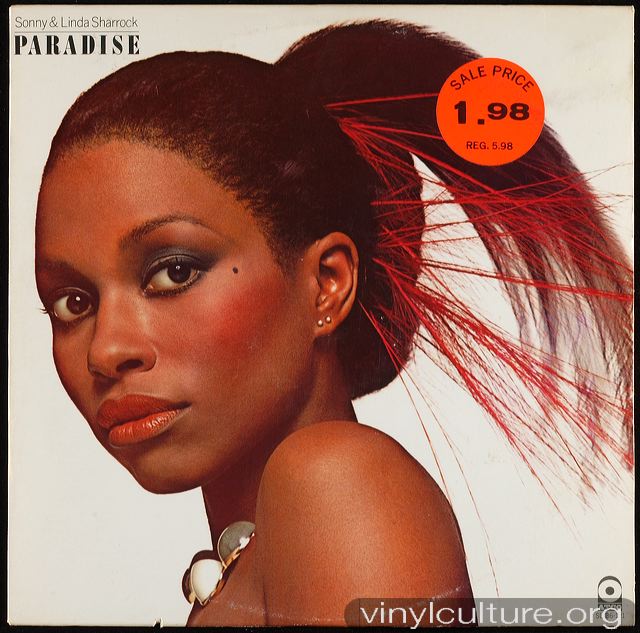




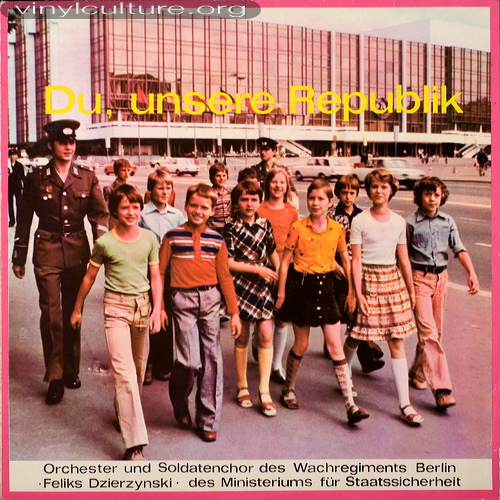

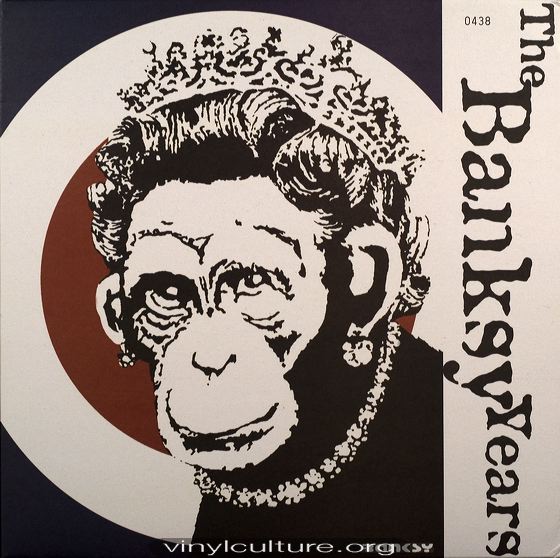
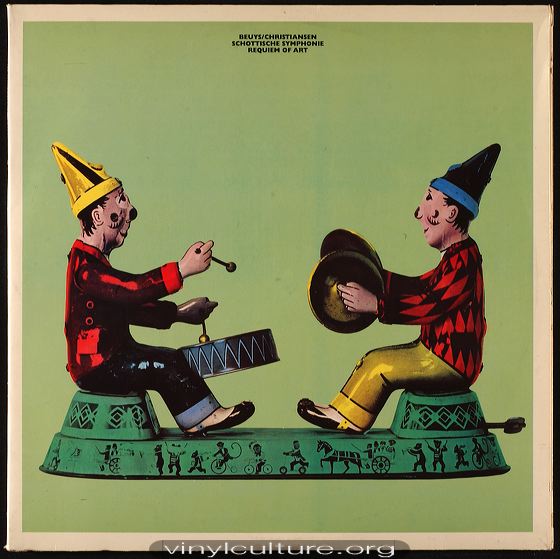
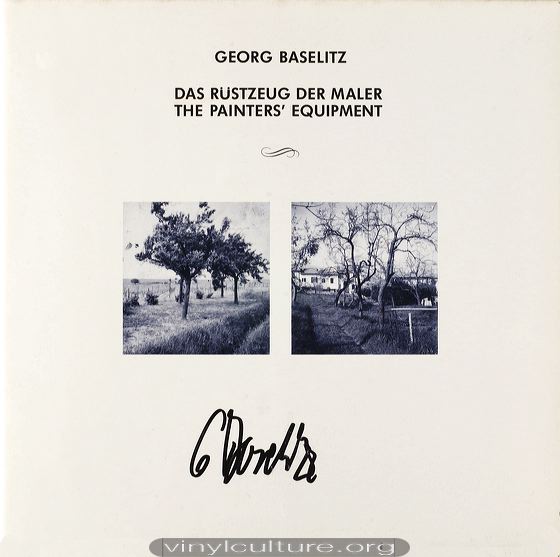
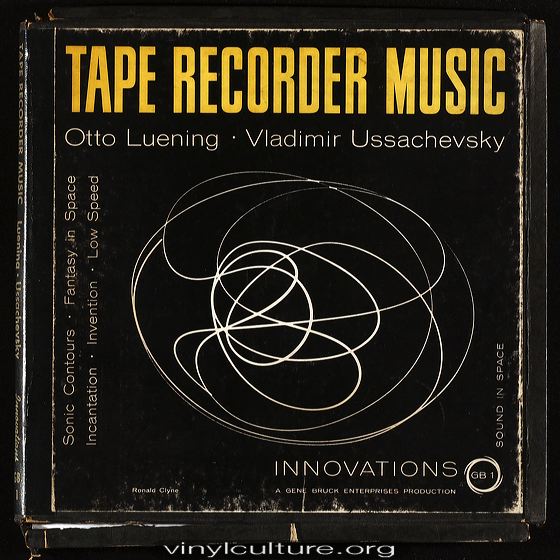
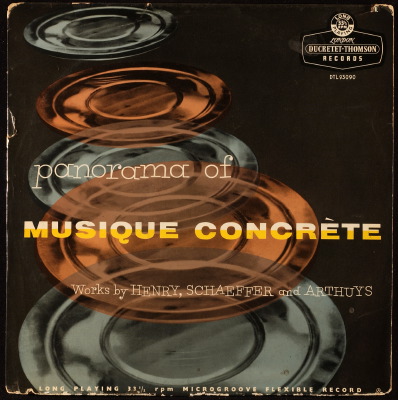

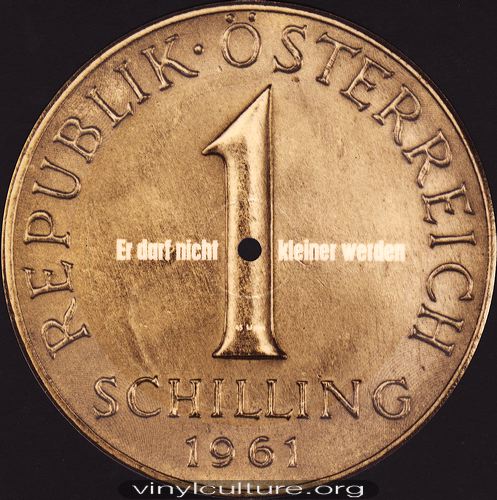
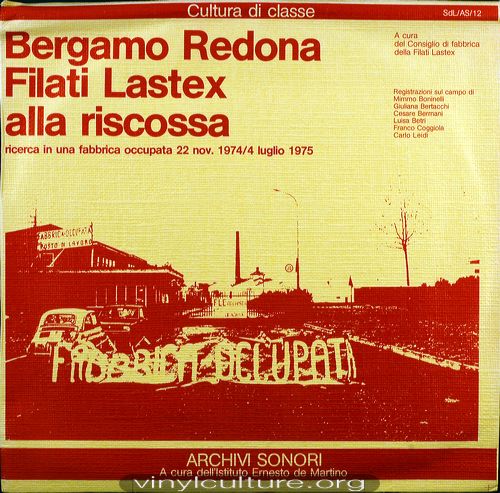

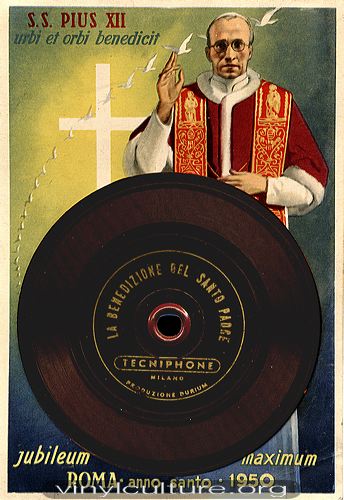

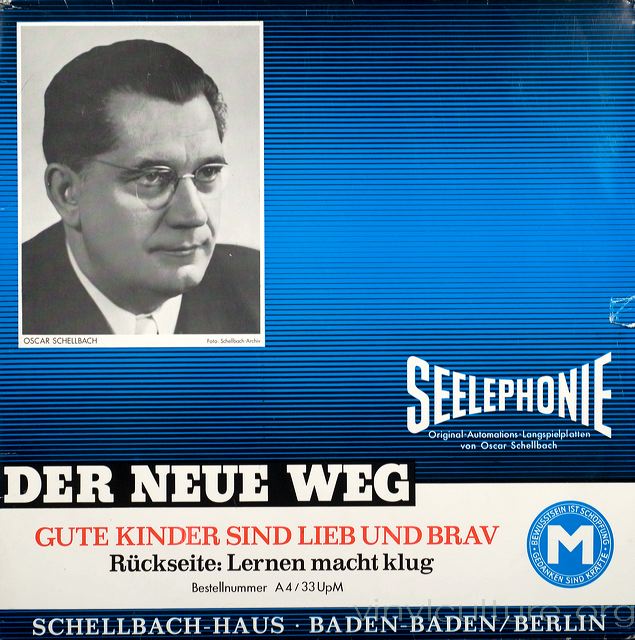
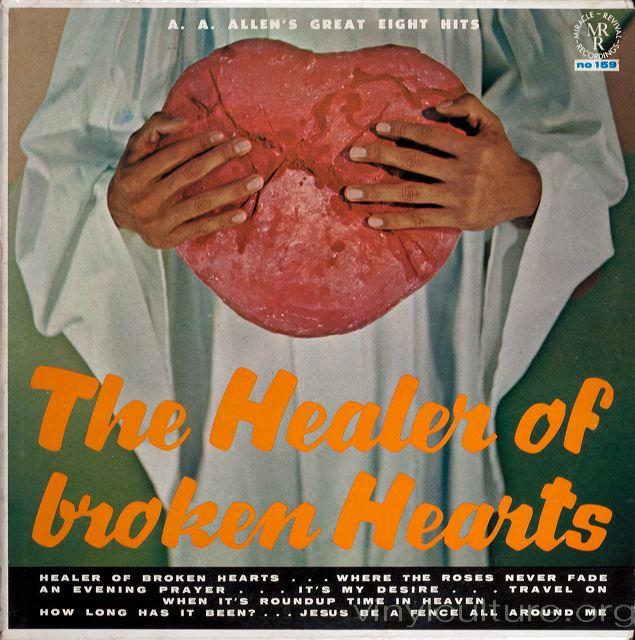
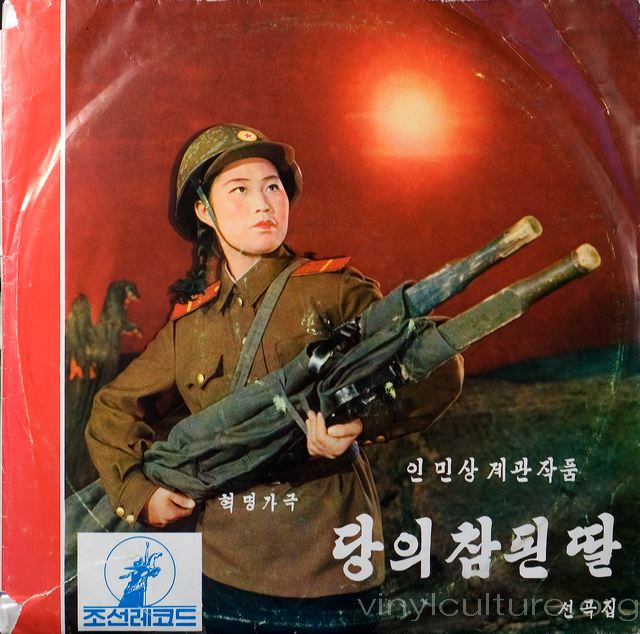
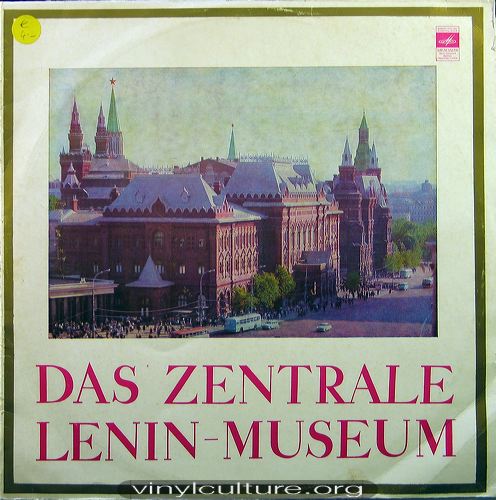


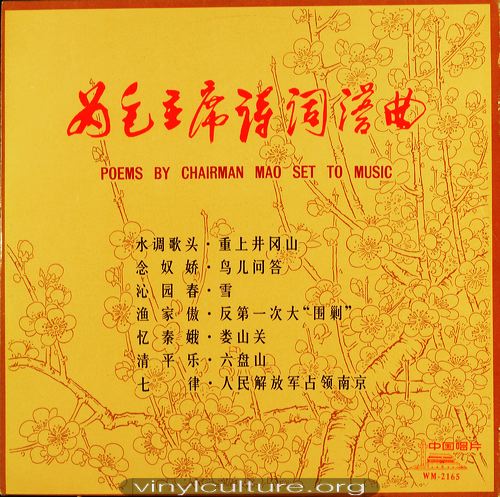
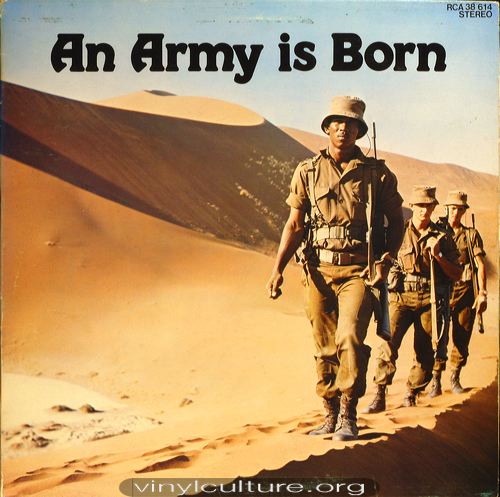
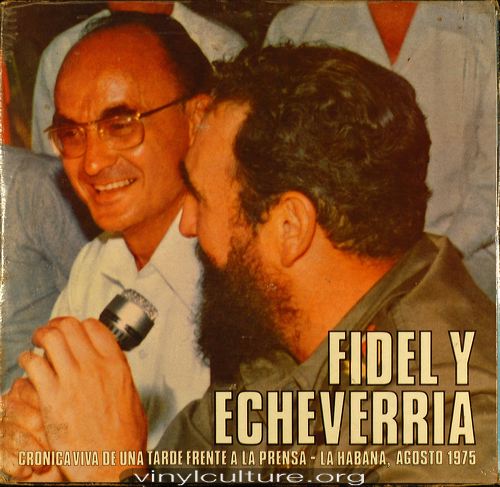



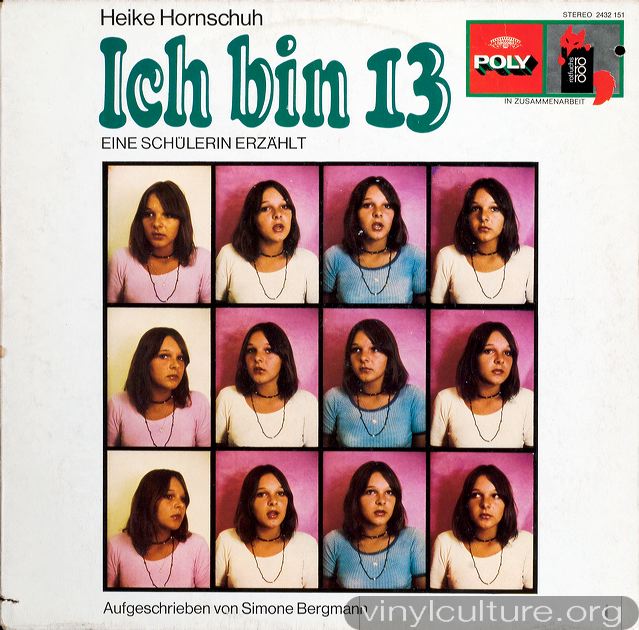
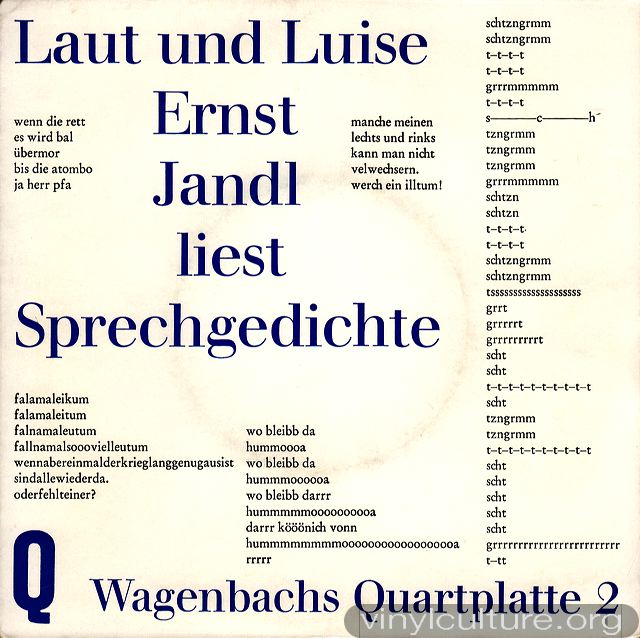

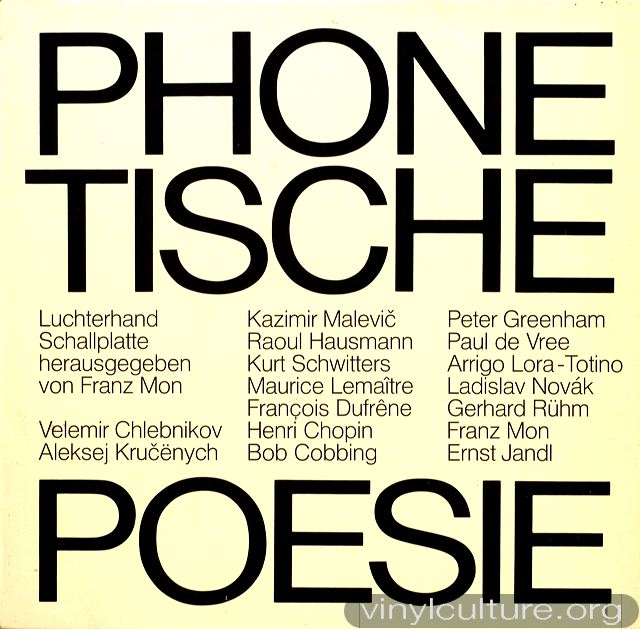
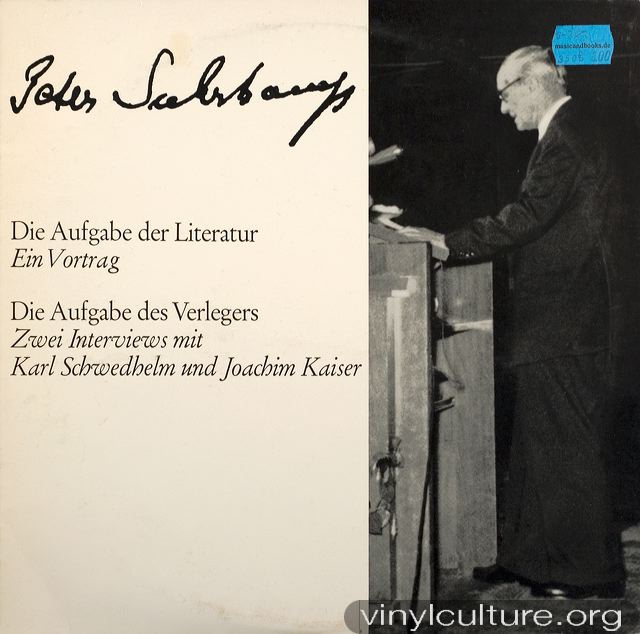

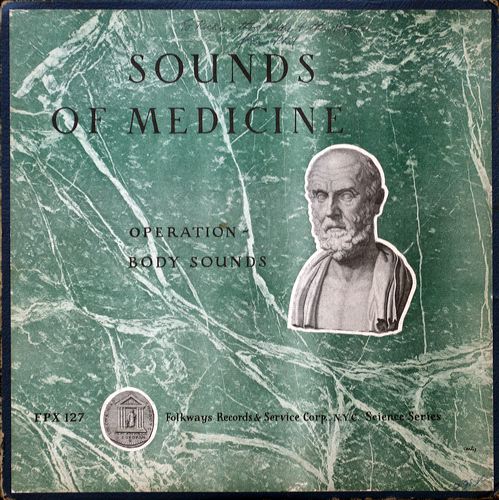





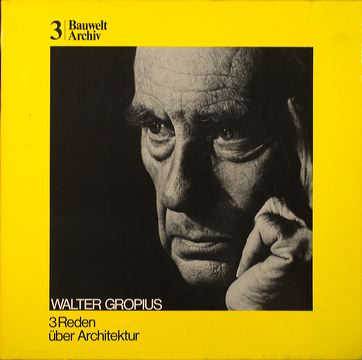

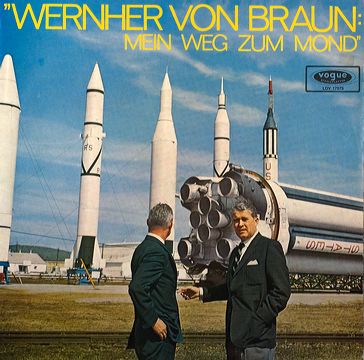
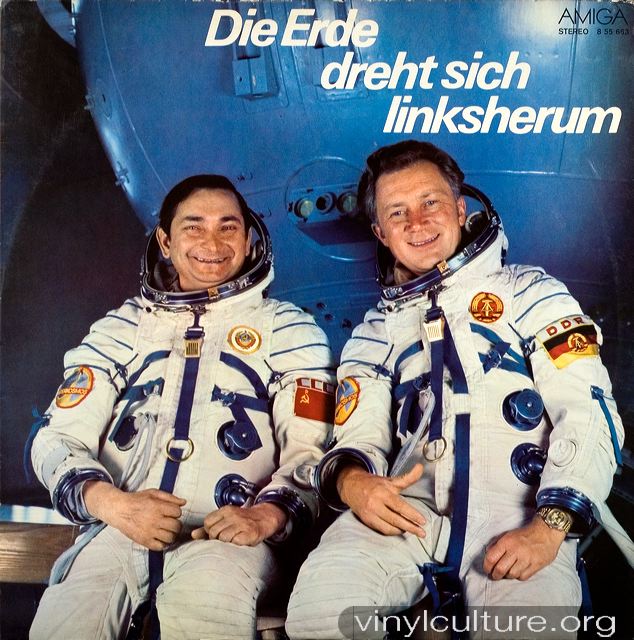
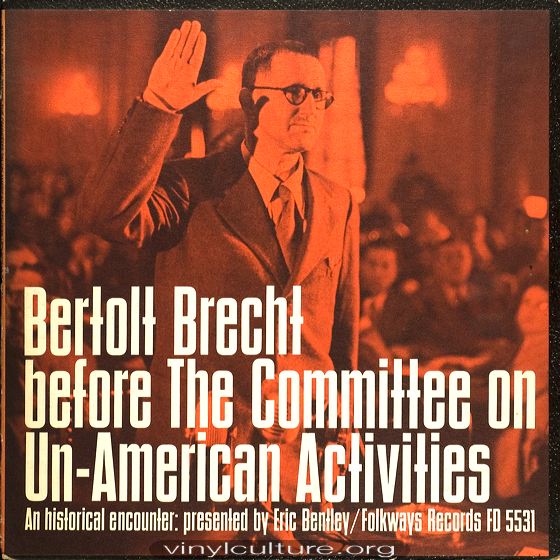
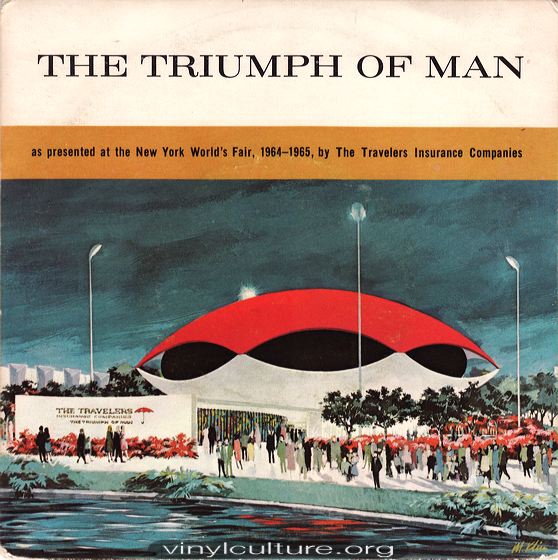

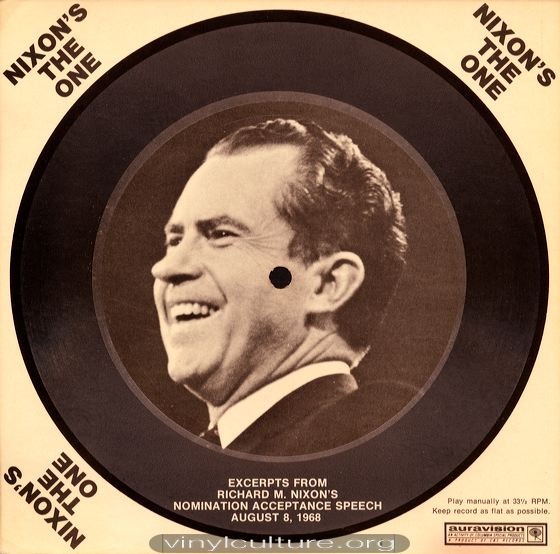


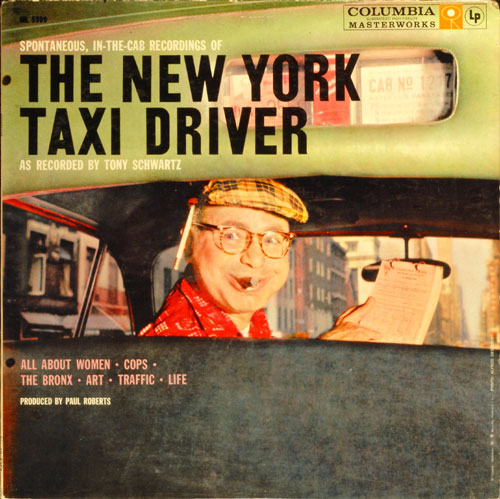
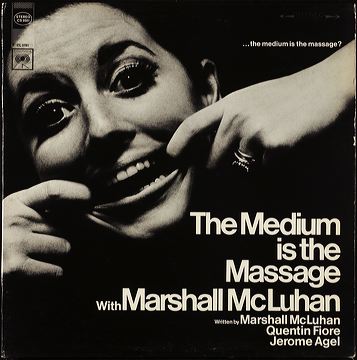
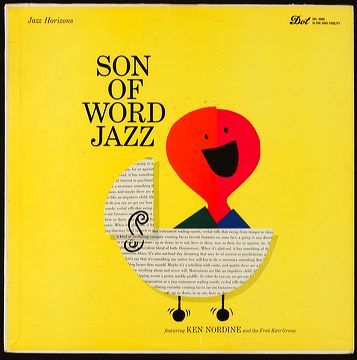

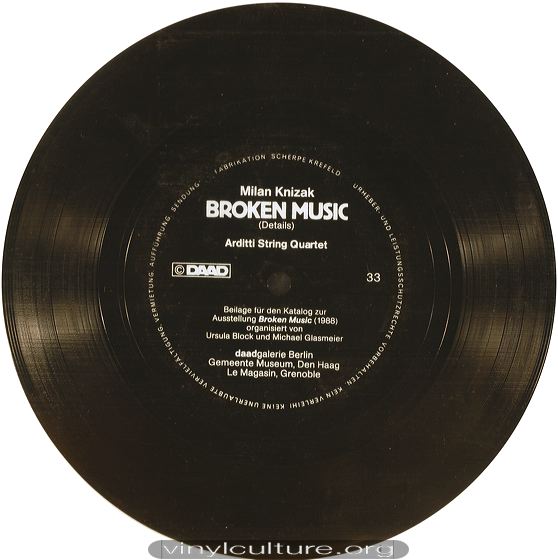
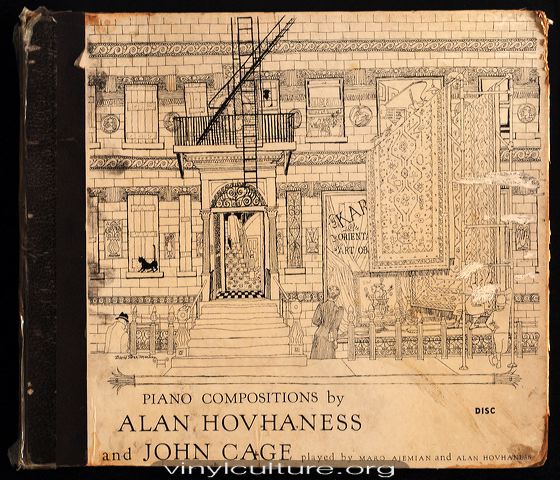
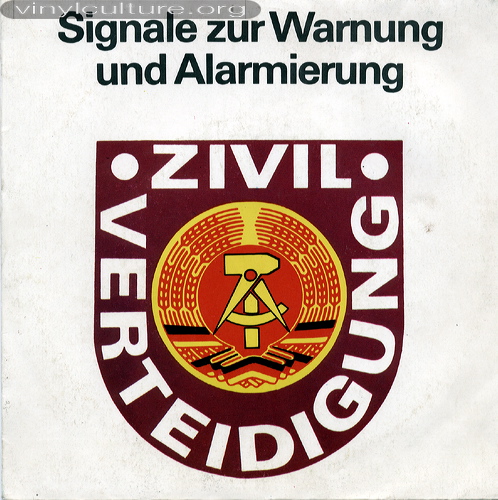
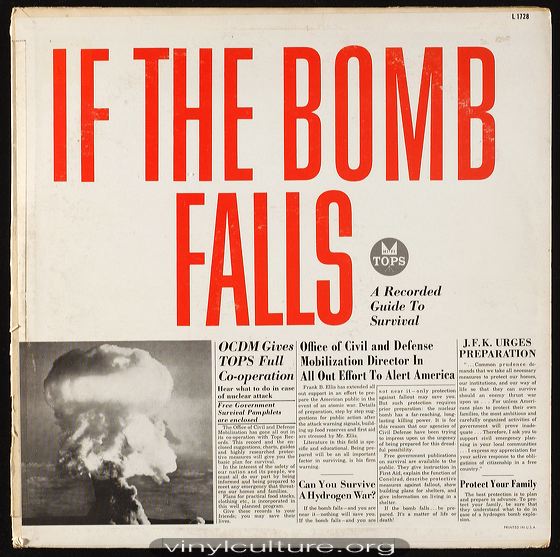



The Vinyl Record: a (mostly) black disc, overwhelmingly present from 1950 -1990, declared dead before the turn of the millennium, remembered as the medium of pop culture and representing an era of recent history, seemingly gone, but still not extinct, kept alive not only by djs, club culture and collectors.
Undeniably the vinyl record represents an important and even constitutive element of the cultural landscape of the 2nd half of the 20th century. Compared to the cd, the record was much more then a piece of material carrying randomly recorded data. In a slight variation of Marshall McLuhan’s famous quote one could say that it (sometimes) was the message itself.
Therefore the vinyl record was able to represent much more then any other commercial sound container. Fashions and attitudes were expressed, the cover alone was at the same time promise, directory and independent piece of art.
Narrowing the attention on pop culture alone though misses all the other messages, entrusted to the grooves. It is one of the basic discoveries of The Temporary Soundmuseum that there is hardly an acoustic statement of any kind not showing up on a vinyl record. Literally everyone has tried to take advantage of this once modern medium to reach a public beyond the lovers of classical or popular music.
Thus a body of material of great cultural and historical relevance has been generated whose importance has to be acknowledged yet. The 'cheap' mass-production tends to overshadow the 'valuable' cultural assets. While every still- or moving picture (photography, film, video) is somehow understood as part of a greater heritage (or at least the possibility of an aesthetic reception is given at any time), everything concerning sound is generally overlooked, adding to the reasons why the vinyl record (including its relatives like flexies and singing postcards etc.) is not valued as an object of cultural significance or source material for researchers of recent history.